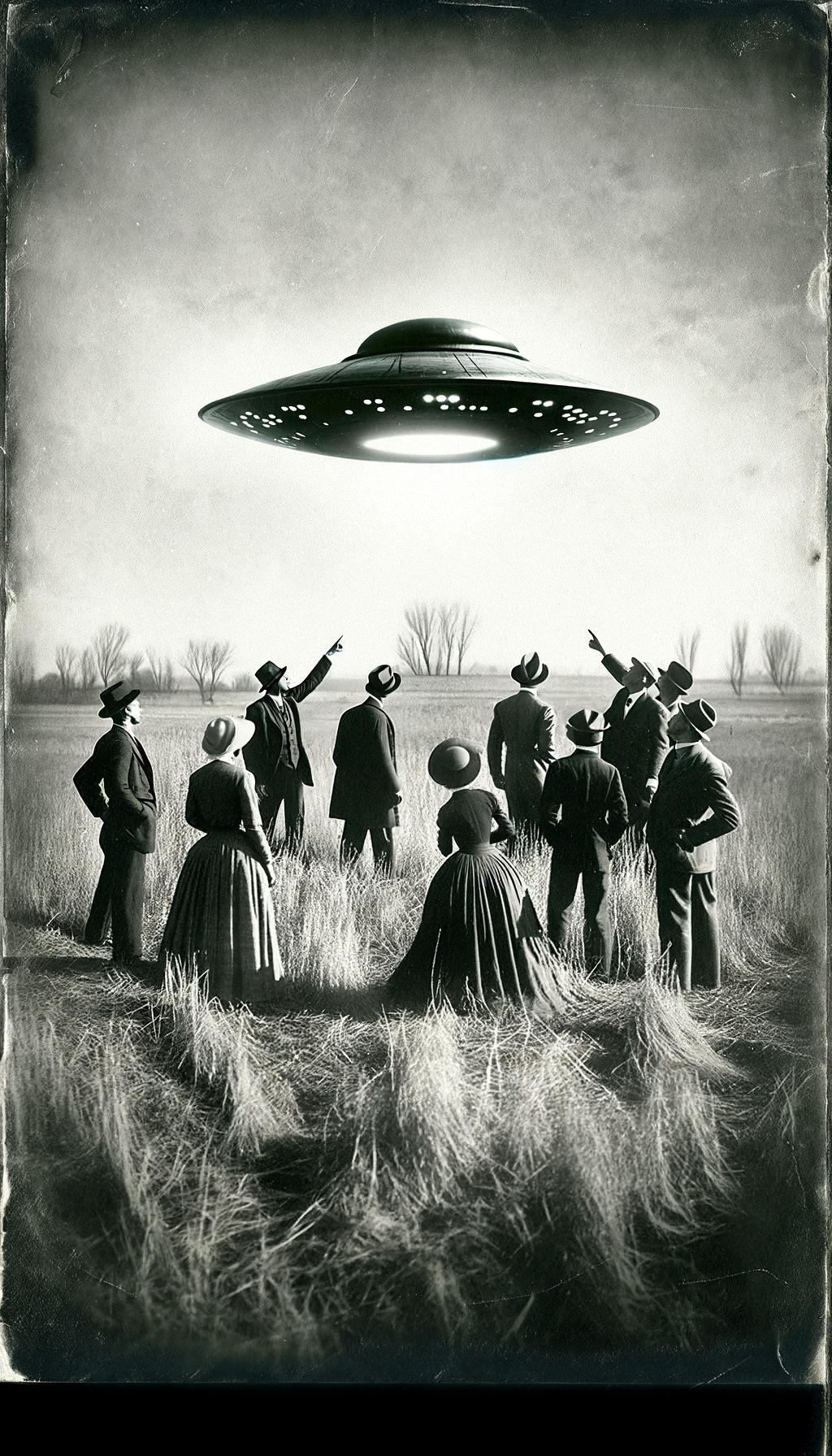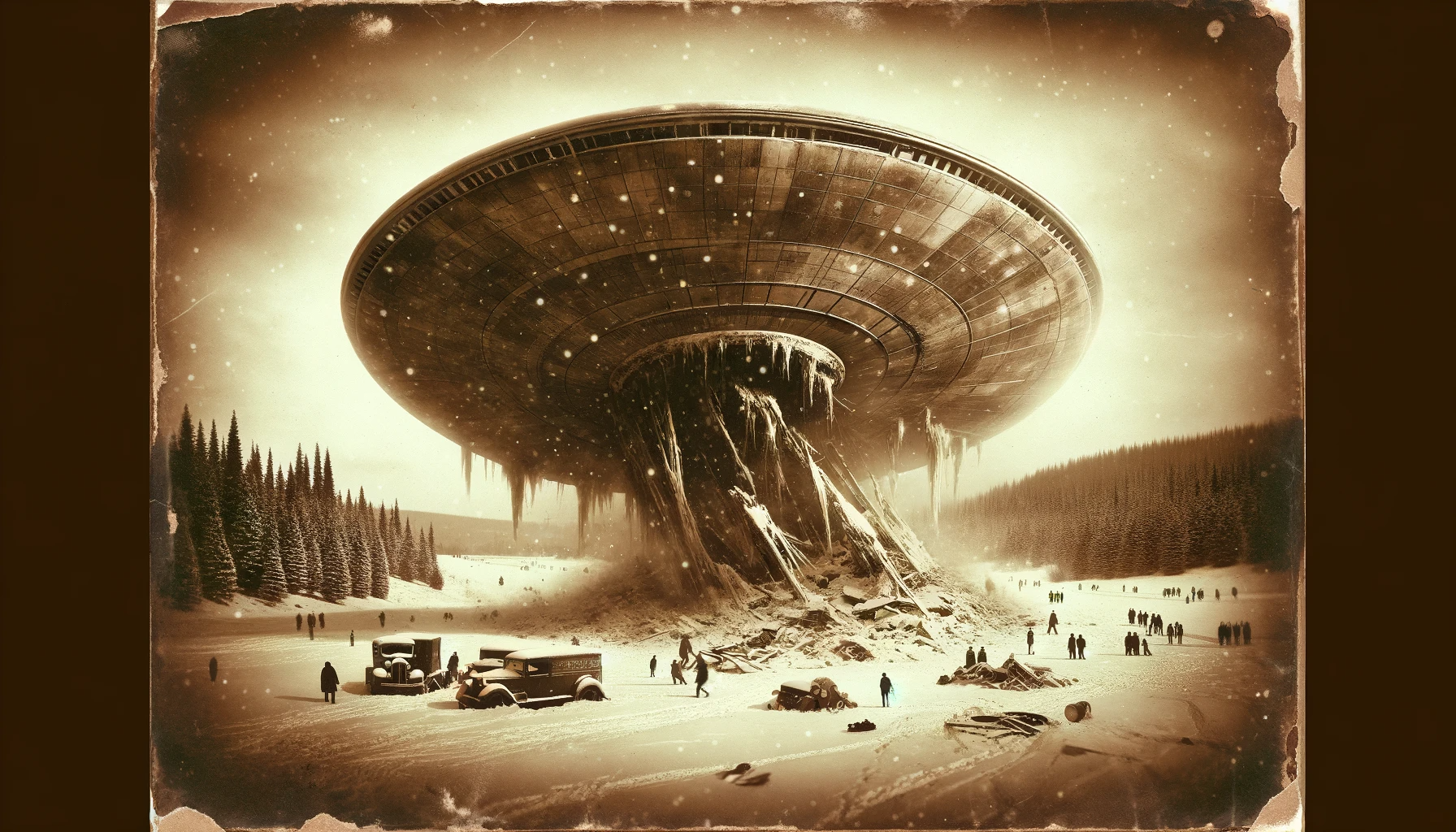The exploration of UFO sightings and the quest to uncover the origins of unidentified flying objects have long been a topic of fascination and debate among scientists, enthusiasts, and the general public. These sightings, often reported as unexplained aerial phenomena, have sparked numerous theories ranging from extraterrestrial visitation to advanced military technology and natural atmospheric phenomena.
The quest to reveal the origin and details of UFO sightings begins with meticulous examination of eyewitness accounts and physical evidence collected over decades. UFO reports vary widely and describe objects that defy conventional understanding of aircraft capabilities: they can hover silently, maneuver at incredible speeds, or exhibit unconventional shapes and lights.

One of the most persistent mysteries surrounding UFO sightings is their apparent ability to evade identification and categorization. Many sightings occur in remote or inaccessible locations, complicating efforts to gather empirical data. However, technological advances have allowed for more sophisticated monitoring and analysis of these events, including radar tracking, infrared imagery, and high-resolution photography.
Scientific investigations into UFO phenomena often focus on identifying natural or man-made explanations before considering extraterrestrial hypotheses. Atmospheric anomalies, such as ball lightning or atmospheric reflections, can sometimes mimic the appearance of UFOs. Additionally, experimental aircraft and drones developed by military or private entities may inadvertently contribute to UFO reports due to their unconventional appearance and flight characteristics.
However, a subset of UFO sightings remains unexplained even after rigorous scrutiny. These cases, referred to as “true unknowns” by researchers, defy current scientific understanding and continue to intrigue and baffle investigators. The search for definitive proof of extraterrestrial visitation remains a tempting goal for many UFO researchers, although conclusive evidence has yet to be universally accepted.
In recent years, efforts to uncover the origins of UFOs have intensified with initiatives such as the US government’s recognition of unidentified aerial phenomena (UAP) and the establishment of dedicated investigative units. These developments reflect a growing recognition of the importance of approaching UFO sightings with scientific rigor and transparency.

Public interest in UFOs remains strong, fueled by media coverage, documentaries, and cultural references that perpetuate the mystery surrounding these enigmatic objects. The release of declassified government documents and eyewitness accounts has further fueled speculation about the true nature of UFOs and the extent of official knowledge about their existence.

Ultimately, the quest to reveal the origin and details of UFO sightings is a multifaceted endeavor that combines scientific inquiry with societal fascination. It challenges our understanding of the universe and our place within it, sparking ongoing dialogue and exploration across disciplines. As technology continues to advance and our understanding of the cosmos deepens, answers to UFO mysteries may yet come to light, reshaping our perception of the universe and our place within it.




